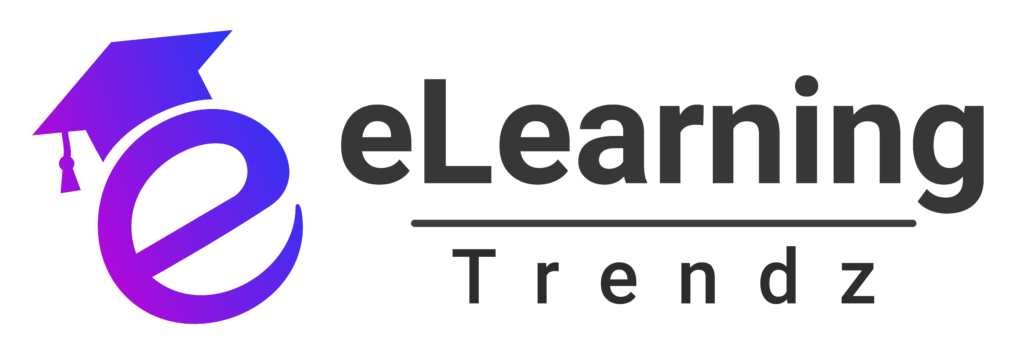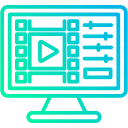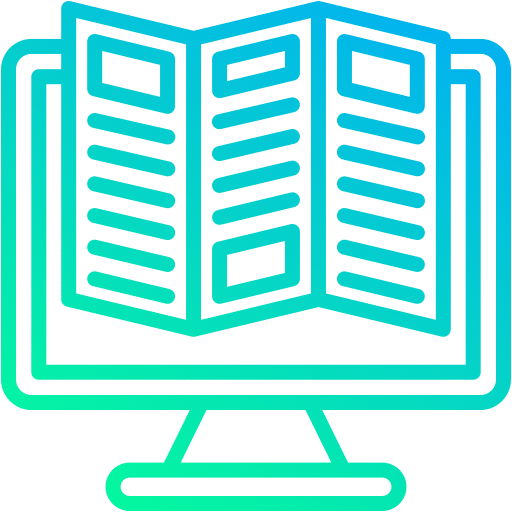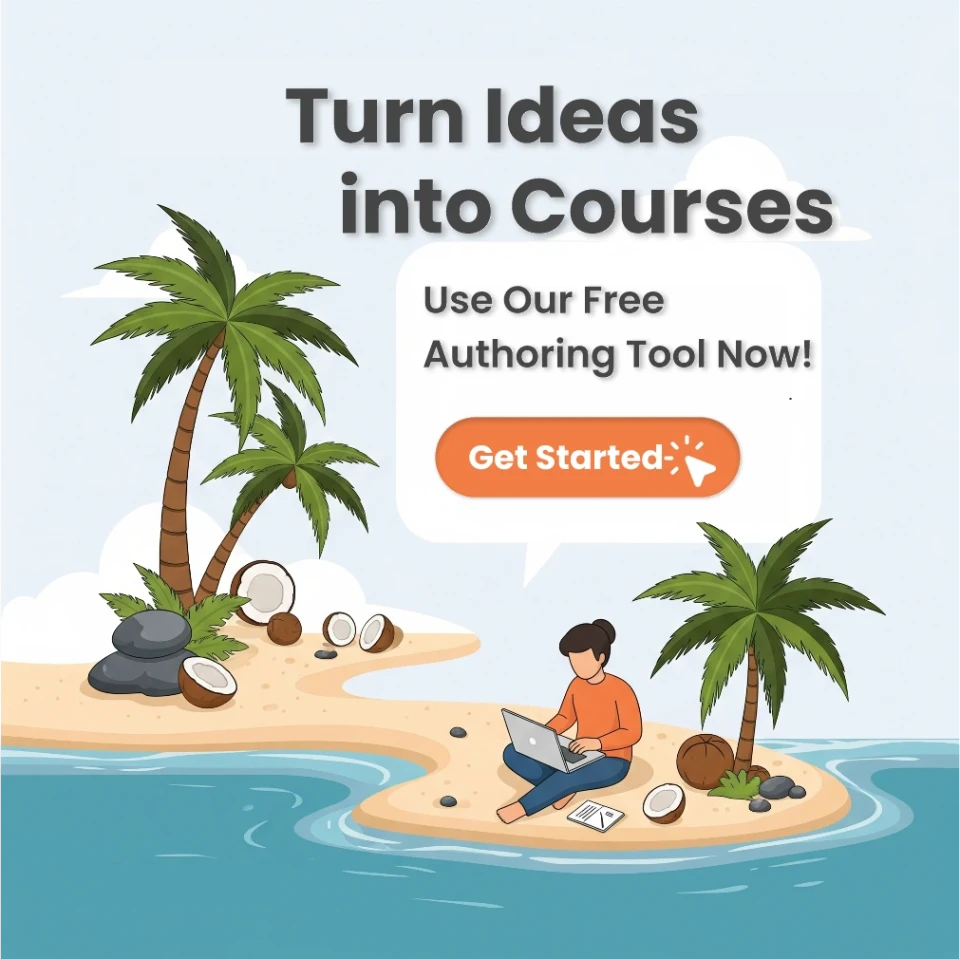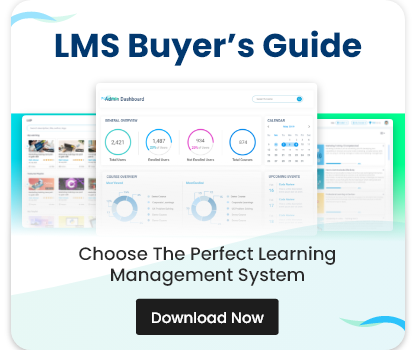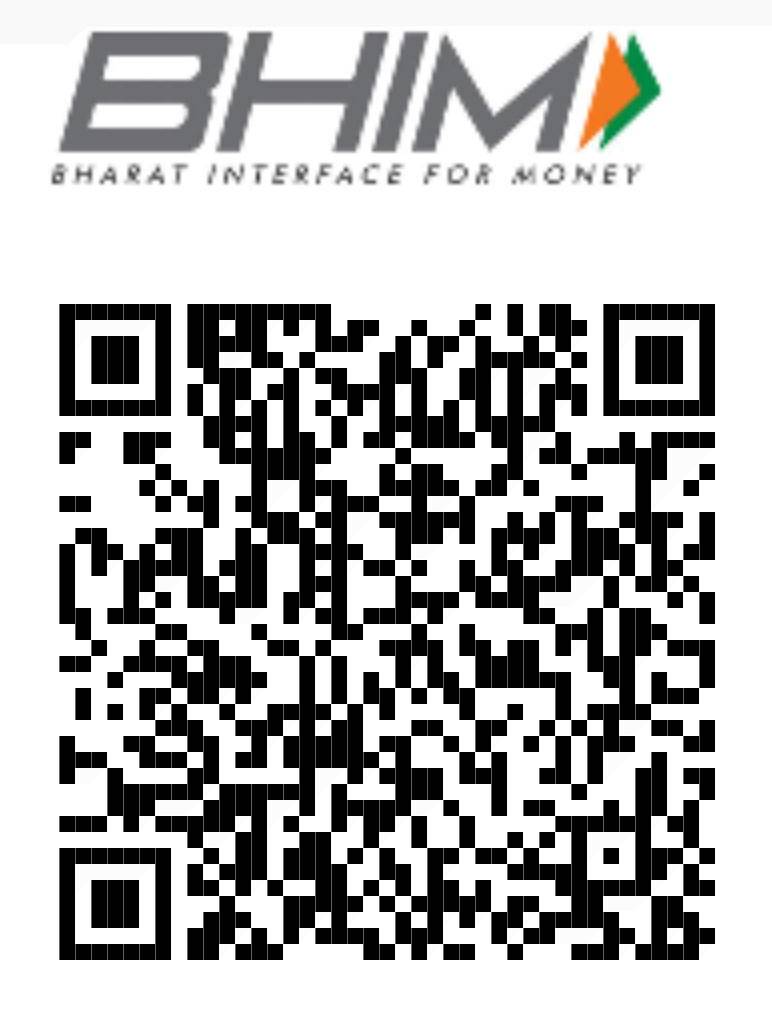Choosing the optimal free eLearning authoring tools is a high-stakes decision for any training leader navigating tight budget constraints, managing global teams, and maintaining stringent quality standards. With a plethora of options, a clear evaluation framework is essential. This new, strategic guide cuts through the noise, providing a structured approach to assessing tools based on core functionality, enterprise scalability, system integration, and long-term reliability. Our goal is to empower you to select solutions that drive measurable training outcomes without imposing financial strain.
Foundational Concepts: Defining the Digital Learning Ecosystem
The digital learning landscape involves several key components:
- eLearning authoring tools focus on the creation, design, and packaging of online training content.
- Learning Management Systems (LMS) are the platforms that deliver and track this content to learners.
- Learning Content Management Systems (LCMS) provide a combined solution, integrating course authoring, delivery, and advanced asset management.
Why this distinction matters: In an era of distributed work and tighter budgets, organizations require tools that not only create high-quality content but also seamlessly integrate with existing LMS platforms to support enterprise-level workflows and governance. The true challenge is finding free options that don’t compromise compatibility or future scalability.
Core Capabilities: The Essential Toolkit
To create engaging and effective eLearning content, a tool must possess fundamental features that streamline development and enhance learner participation. The most effective free eLearning authoring tools separate themselves from basic alternatives by providing:
- User-Friendly Interfaces: An intuitive, drag-and-drop editor with a minimal learning curve is paramount. Tools like H5P, Adapt Learning, and Cognispark prioritize visual editors and clear menus, enabling content creators of all technical proficiencies to focus on pedagogy and quality.
- Responsive Design: Essential for the mobile-first environment, this ensures courses automatically adapt to various screen sizes—desktops, tablets, and smartphones. This feature is crucial for accessible learning, enabling maximum flexibility and boosting learner engagement by providing access anytime, anywhere.
- Interactive Capabilities: Active learning is facilitated by embedded interactive features, including quizzes, simulations, drag-and-drop elements, and rich multimedia integration (video, audio, images). Tools such as Adapt, H5P, and Cognispark provide diverse, easily-embedded interactive features that drive active participation and improve knowledge retention.
- Assessment Tools: Features for formative and summative assessments—quizzes, surveys, and exams—are vital for measuring progress. Effective free tools, for instance, H5P and Cognispark, provide options for instant feedback, allowing educators to gauge comprehension and adapt content in real-time.
- LMS Compatibility: For scalable programs, courses must integrate smoothly with platforms like Moodle, Canvas, or Blackboard. Compatibility with industry standards such as SCORM, xAPI, and AICC ensures content built with free eLearning authoring tools can be uploaded, tracked, and reported effectively, simplifying content management and progress monitoring.
Enterprise Enablement: Advanced Features for Scale
As training programs grow, basic features become insufficient. Enterprise L&D teams need sophisticated features to support collaboration, governance, and data-driven content optimization:
Multi-Author Collaboration and Integration: Enterprise workflows require tools with robust support for real-time co-authoring, role-based permissions, and third-party integrations. Key integrations include CRM and HR systems for streamlined onboarding and performance reporting, as well as Single Sign-On (SSO) for simplified user access and enhanced security. Strong API support is necessary for deep customization aligned with organizational needs.
Global Accessibility and Governance: Ensuring compliance and consistency across international teams is key. Tools must support WCAG and Section 508 compliance, offering screen reader compatibility and keyboard navigation. Features like translation workflows and auto-translate are critical for global teams. Furthermore, centralized brand templates and advanced content approval workflows are necessary for governance.
Analytics and Reporting: Deep insights are required to prove ROI. Sophisticated tools offer real-time dashboards for tracking progress, completion, and assessment scores. They provide granular data on learner behavior for content optimization and facilitate integration with organizational KPIs to measure business impact.
These advanced features transform free tools into platforms capable of handling complex, large-scale training initiatives.
Trust and Longevity: Evaluating Tool Reliability
When assessing free solutions, reliability and support are critical for smooth execution and future viability. A careful assessment mitigates the risks often associated with no-cost software:
- Support Resources and Community Engagement: Strong support includes comprehensive documentation, tutorials, active user forums, and robust communities. Platforms with vibrant user bases, such as H5P, Adapt Learning, and Cognispark, offer peer support and shared best practices. Check for official support channels like email or chat for critical development issues.
- Platform Stability and Performance: Reliability is built on consistent performance with minimal bugs. Pilot testing across various browsers, devices, and network conditions is necessary to gauge stability. Regularly released updates signal developer commitment to security and bug fixes.
- Scalability and Project Limitations: Most free tools have limitations on storage, concurrent users, or feature sets. For organizations anticipating growth, verify that these restrictions will not impede current or future training needs, particularly with complex LMS integration. Understanding when a transition to a paid plan becomes necessary is a strategic imperative.
Proper evaluation of these factors ensures you select reliable free eLearning authoring tools that can sustain your ongoing training initiatives.
Strategic Selection: A Decision Framework
Your choice of free eLearning authoring tools must align strategically with your primary challenges and long-term goals. Matching tool features to your specific priorities is crucial for success and maximizing return on investment
For rapid content creation and real-time team collaboration:
If your main priority is speed and simultaneous teamwork, you should choose browser-based tools that enable real-time co-authoring. Examples include browser-based options like H5P or Cognispark AI.
For maximum design control and customization:
When complete control over the learning experience and the ability to modify the core code are paramount, your selection should be open-source solutions that offer deep customization capabilities. Adapt Learning is a strong example in this category.
For simple, compliant content:
For teams needing to produce straightforward courses that meet standards for tracking, use desktop tools that provide reliable SCORM export functionality, such as CourseLab Free.
For seamless LMS integration and global deployment with multilingual support:
For organizations requiring both seamless deployment across platforms and the ability to reach international audiences, prioritize tools that offer advanced compliance and automated localization. Cognispark AI is a leading choice here, supporting SCORM and xAPI standards for smooth LMS integration while offering AI-powered multilingual support (e.g., in over 75 languages) for one-click global course deployment.
By focusing on these strategic matches, you unlock measurable business benefits: organizations can achieve reduced training time (40–60%), lower training costs (up to 80%), and improved employee retention (25–60%). A strategic selection turns the free tool into a high-quality learning solution aligned with your eLearning strategy.
Conclusion and Strategic Next Steps
In the rapidly evolving world of digital learning, choosing the right features and tools is the bedrock of a successful eLearning strategy. The power of a tool like CogniSpark AI, a free eLearning authoring tool, illustrates the potential for creating interactive, SCORM-compliant training at scale without significant upfront investment
Key strategic next steps include:
- Conduct a thorough needs assessment to define precise technical and pedagogical requirements.
- Pilot 2-3 shortlisted tools with real stakeholders to test workflow and compatibility.
- Establish clear governance, support plans, and scaling pathways from the project’s inception.
Features like mobile compatibility, advanced analytics, and content standards interoperability are essential for optimizing training outcomes and maximizing return on investment, but they must be implemented within a comprehensive content creation framework that delivers measurable business outcomes.
